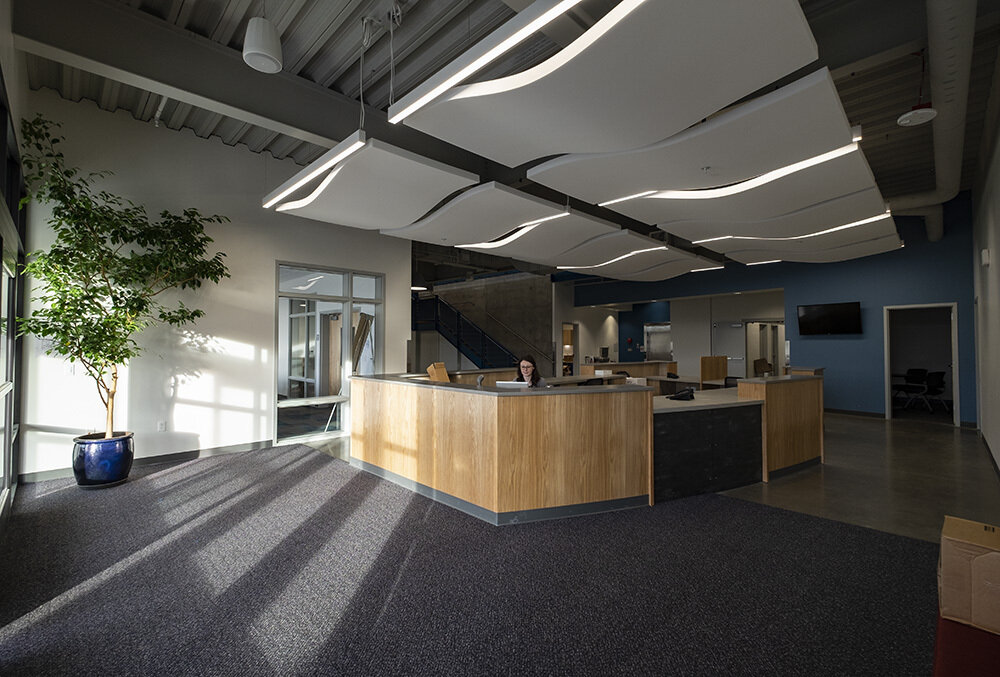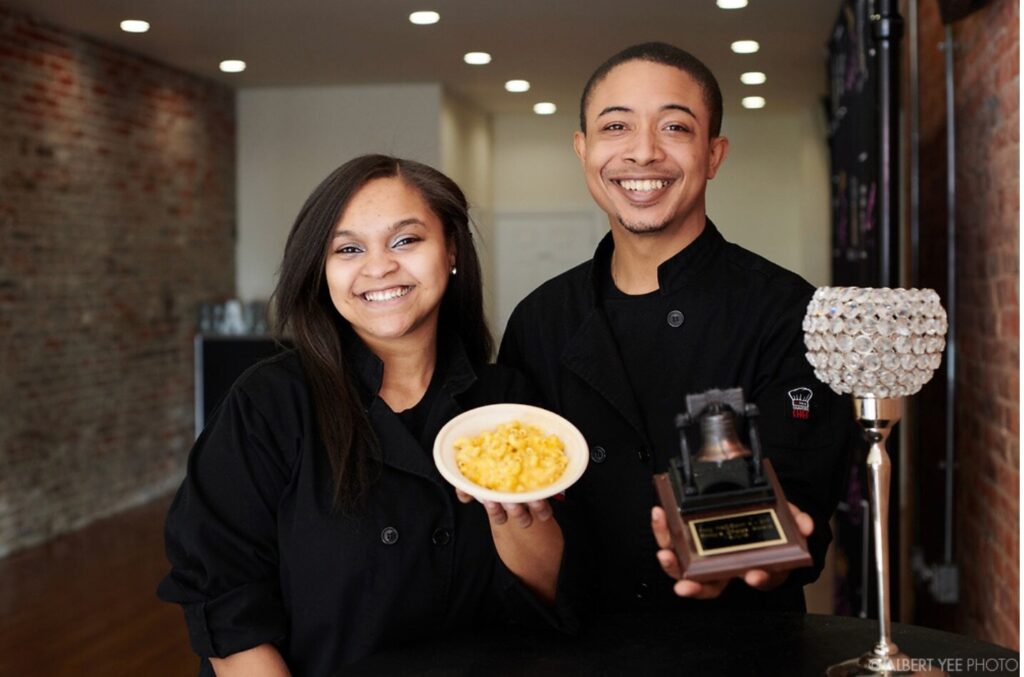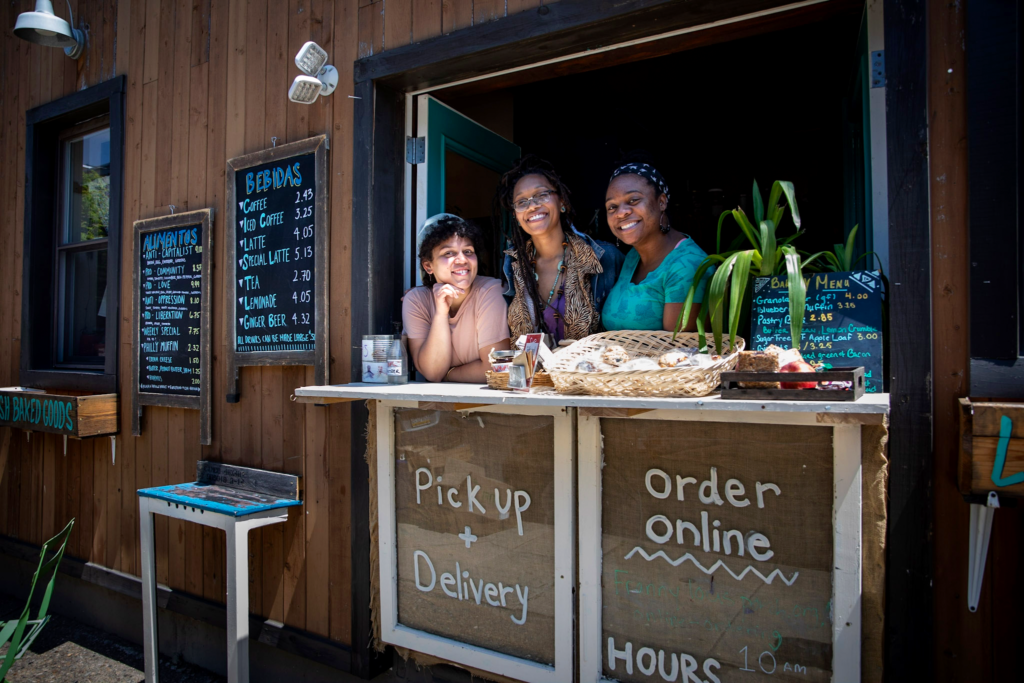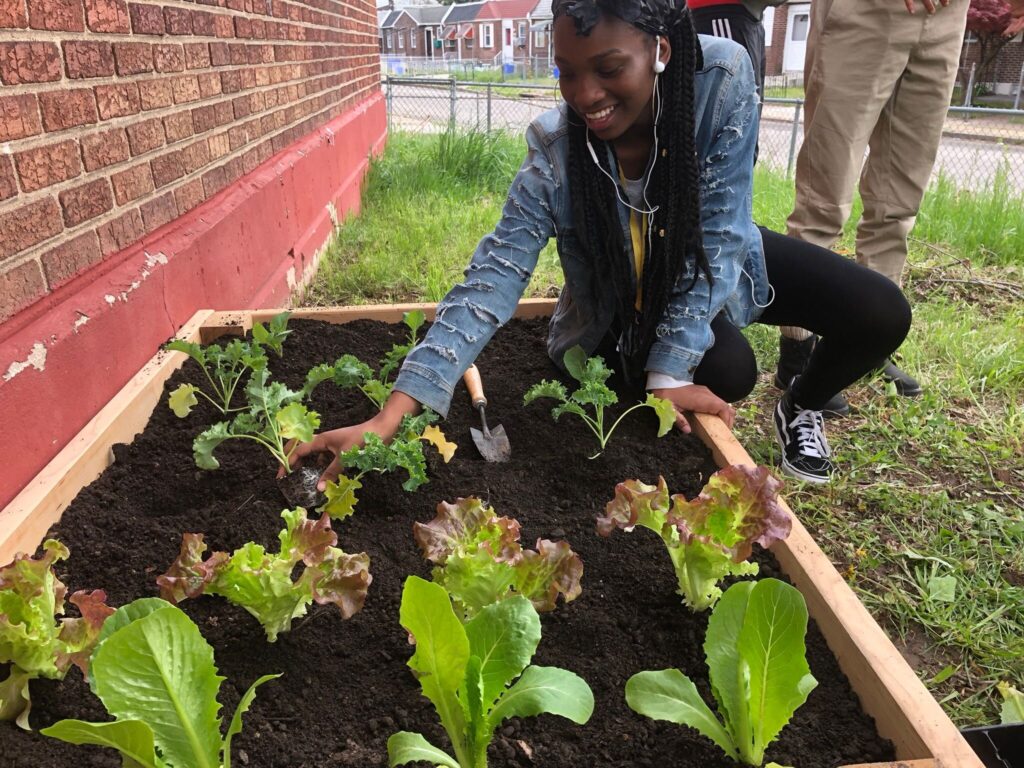Opportunity for Growth
I still remember weeping at 13 years old as I ate my first tasteless sliced tomatoes in America, our new home. My South Asian family reassured me that it would taste better with some Tabasco sauce.
I now know that migrant workers in California grow, pick and pack produce that travels thousands of miles to feed us in Philly, a city where the majority of people are people of color. On top of the fact that this process hasn’t been fair to the migrant workers in California, the produce that arrives here had been picked and processed days and weeks ago, leaving diminished nutrition. Along the way, refrigerated diesel trucks add to the greenhouse gas emissions in each state that they pass through. After these trucks arrive at local distribution hubs, more diesel trucks are used to bring our produce to a nearby grocery store. Then, there are the emissions used by your car or bus trip to that store.
We have to ask: Who does this arrangement benefit? Certainly it’s not the workers, the consumers or the climate.
My recent involvement with the Cooperative Gardens Commission has made me even more aware of food issues for Black, Indigenous and People of Color (BIPOC). Most of us who are people of color—including immigrants from Asia like myself—often cannot easily find the cultural foods we seek, nor do we have access to land on a family farm to grow it ourselves.
This is partially due to federal policies in the 1950s and ’60s that took around 12 million acres of land from Black Americans, according to a September 2019 article by Vann R. Newkirk II in The Atlantic. And of course, Native Americans were robbed of the vast majority of their land by the turn of the 20th century. Today, our foods are often not found at the local farmers’ markets or supermarkets. My family regularly makes trips to Asian grocery stores to find grains and produce from India and other far-flung places.
The great pause offered by COVID-19 is giving us a chance to open up land access to BIPOC communities and allow more of us to cultivate our food cultures.
It reminds me of the Bhoodan Movement in India in the 1950s, which invited major landowners to gift their land to the landless to use for farming.
We could easily do the same thing in Philadelphia.
This is the time where the 40,000 vacant lots in the city could be cleaned up and turned into sites for fresh produce for the community—spaces where neighbors could feed each other. This is how we can recast the role of eminent domain—where city-owned land is used for the good of the community.
For those of us with land—whether at our homes, workplaces or places of worship—we imagine raised beds and bountiful produce and fruit trees in cemeteries and church lawns, nourishing the surrounding community. Consider inviting others to grow food on your land in exchange for some harvest for your own table.
Our city could begin by opening up access to stockpiled wood chips, leaf mulch and topsoil in Fairmount Park. Or making a public commitment to the demands made by Soil Generation’s Threatened Gardens campaign, which includes initiatives that push for community ownership of gardens.
With COVID-19 keeping us in lockdown, it is time to think about building regional self-reliance.











Thank you for sharing this perspective. Access to land and healthful food are indeed important steps to establishing and maintaining resilient communities